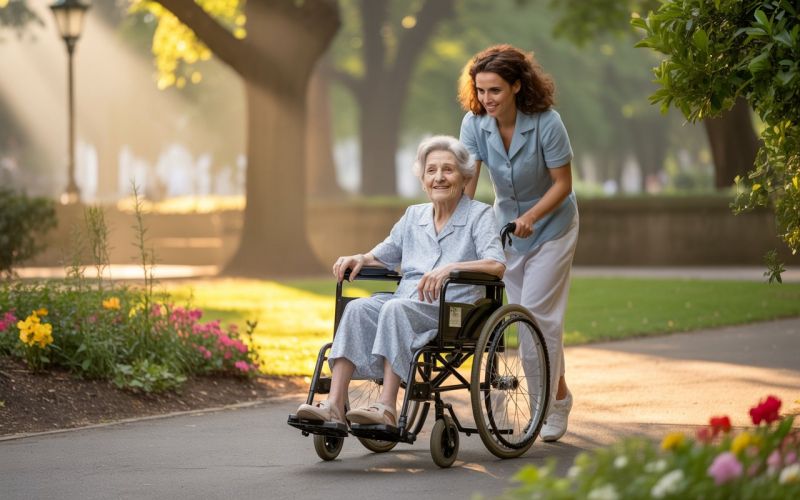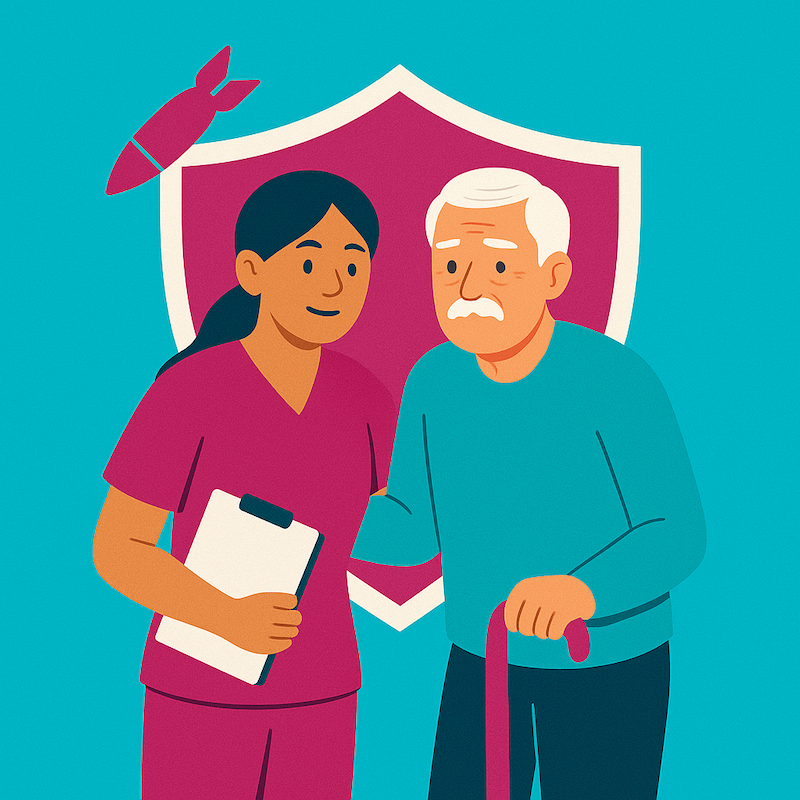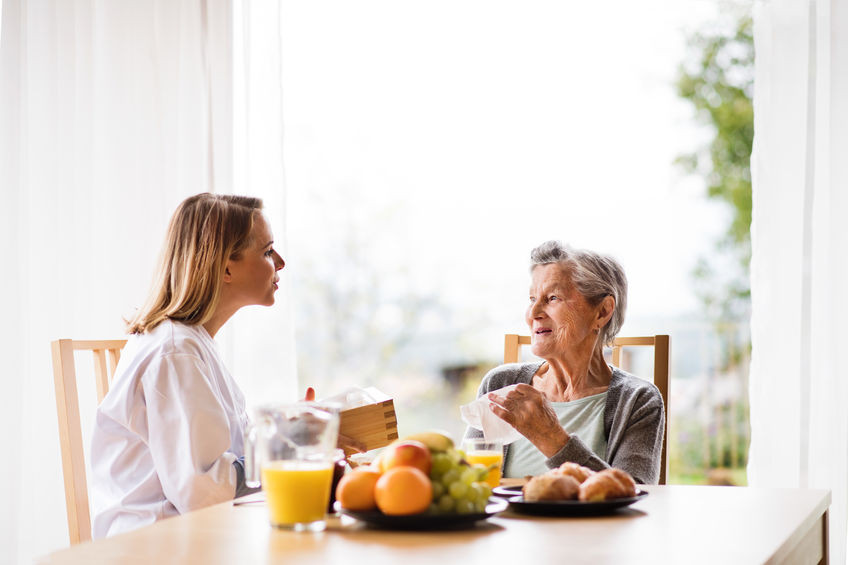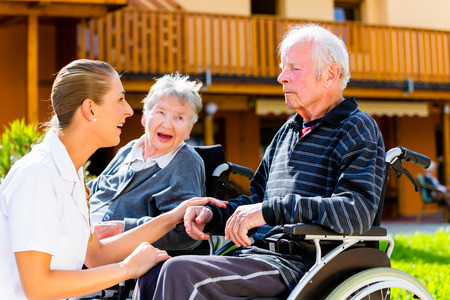Sun Safety for Seniors: Enjoying Warmer Days Without Risk
iSavta | 04.08.2025

When the weather starts warming up, it’s natural to want to spend more time outside. Sunny days can be cheerful and uplifting, especially for older adults who have spent long winter months indoors. Fresh air and sunlight offer physical and emotional benefits—but for seniors, sun exposure must be managed carefully.
As a caregiver, one of your responsibilities is making sure your employer stays healthy and safe. And during warmer months, that includes protecting them from the harmful effects of too much sun. Older adults are more sensitive to heat and ultraviolet (UV) rays, making sun safety a daily concern—not just something to think about at the beach.
Why Seniors Are at Higher Risk
As people age, their bodies become less efficient at regulating temperature. Their skin becomes thinner and more fragile, increasing the risk of sunburn. Many seniors also take medications that make them more sensitive to sunlight, putting them at risk of sun-related health problems like dehydration, heat exhaustion, or even heatstroke.
Moreover, older adults might not feel thirsty or hot even when their bodies are already overheating. This means caregivers must be alert and proactive—not wait for complaints before taking action.
Common Dangers of Too Much Sun
Here are a few health issues that can happen to seniors if sun exposure is not managed properly:
-
Sunburn: Damaged skin that is painful and increases the risk of infections.
-
Heat exhaustion: Symptoms include dizziness, weakness, nausea, and headache.
-
Heatstroke: A life-threatening emergency that happens when the body can no longer control its temperature.
-
Skin damage: Long-term sun exposure can lead to dark spots, wrinkles, or more serious skin conditions.
Simple and Safe Ways to Enjoy the Sun
Enjoying a sunny day doesn’t have to be dangerous. With a few simple steps, you can help your senior employer safely benefit from the fresh air and warmth.
1. Choose the Right Time of Day
Try to go outside before 10:00 AM or after 4:00 PM. These are the cooler hours of the day when the sun’s rays are less intense. Avoid outdoor activities during midday when UV rays are strongest.
2. Dress Smart
Encourage your senior to wear light-colored, loose-fitting clothes made of breathable fabric like cotton. Long sleeves and long pants offer better skin protection. A wide-brimmed hat helps protect the face, ears, and neck.
3. Always Apply Sunscreen
Use a sunscreen with SPF 30 or higher. Make sure it’s broad-spectrum, which means it protects against both UVA and UVB rays. Apply it to all exposed skin—face, arms, neck, and legs—30 minutes before going out. Reapply every 2 hours or more often if the person is sweating.
4. Provide Shade and Hydration
If going for a walk or sitting outside, choose shaded areas like under trees or use an umbrella. Carry a bottle of water and encourage regular sips, even if your senior doesn’t feel thirsty.
5. Monitor for Signs of Overheating
Watch for red skin, confusion, fatigue, or unusual sweating. If you see any of these signs, bring your employer inside immediately and help them cool down with water and rest.
Extra Tips for Caregivers
-
Keep activities short: 15–30 minutes of sun is enough. Don’t stay out too long.
-
Know medication side effects: Some drugs, especially for blood pressure or allergies, may increase sensitivity to sunlight. Check with a pharmacist or doctor if you’re unsure.
-
Keep the house cool: If the home gets warm during the day, use fans or air conditioning if available. Close curtains during the hottest hours.
A Healthy Balance
The sun isn’t the enemy—moderate sun exposure helps produce vitamin D and can improve a person’s mood. The goal isn’t to avoid the sun completely but to enjoy it wisely.
With proper clothing, hydration, sunscreen, and timing, your senior employer can enjoy the warmer days comfortably and safely. As their caregiver, your awareness and preparation make all the difference.











